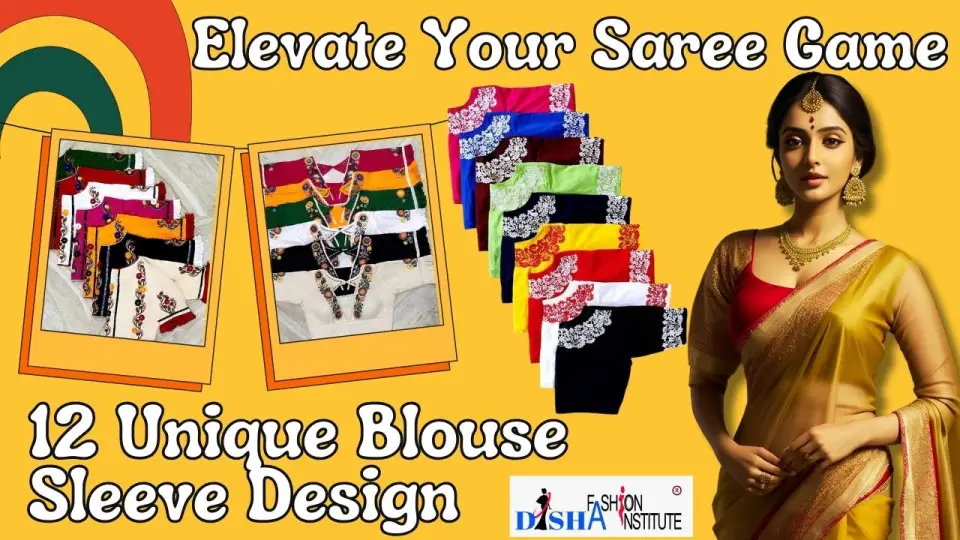Get tips and tutorials on sewing from Disha Sewing Blog
Disha Sewing Blog is the perfect place to learn sewing techniques and hacks. With free sewing classes and sewing tips and tutorials, you'll be a sewing pro in no time!

Welcome to Disha Sewing Blog! Dive into expert tips, tutorials, and resources to master the art of sewing. Whether you're a beginner or a pro, find inspiration, step-by-step guides, and patterns to bring your creations to life. Let’s stitch something amazing. Happy sewing!


47 Different Types of Kurtis: Your Ultimate Style Companion - From Traditional to Trendsetting


Master the Magic of Shirring in Sewing: Understanding Shirred Dresses and the Technique Behind Them




More Articles …
Page 1 of 8
![[DISHA] The Best Tailoring School](/media/plg_jspeed/cache/images/Disha_logo.webp)


